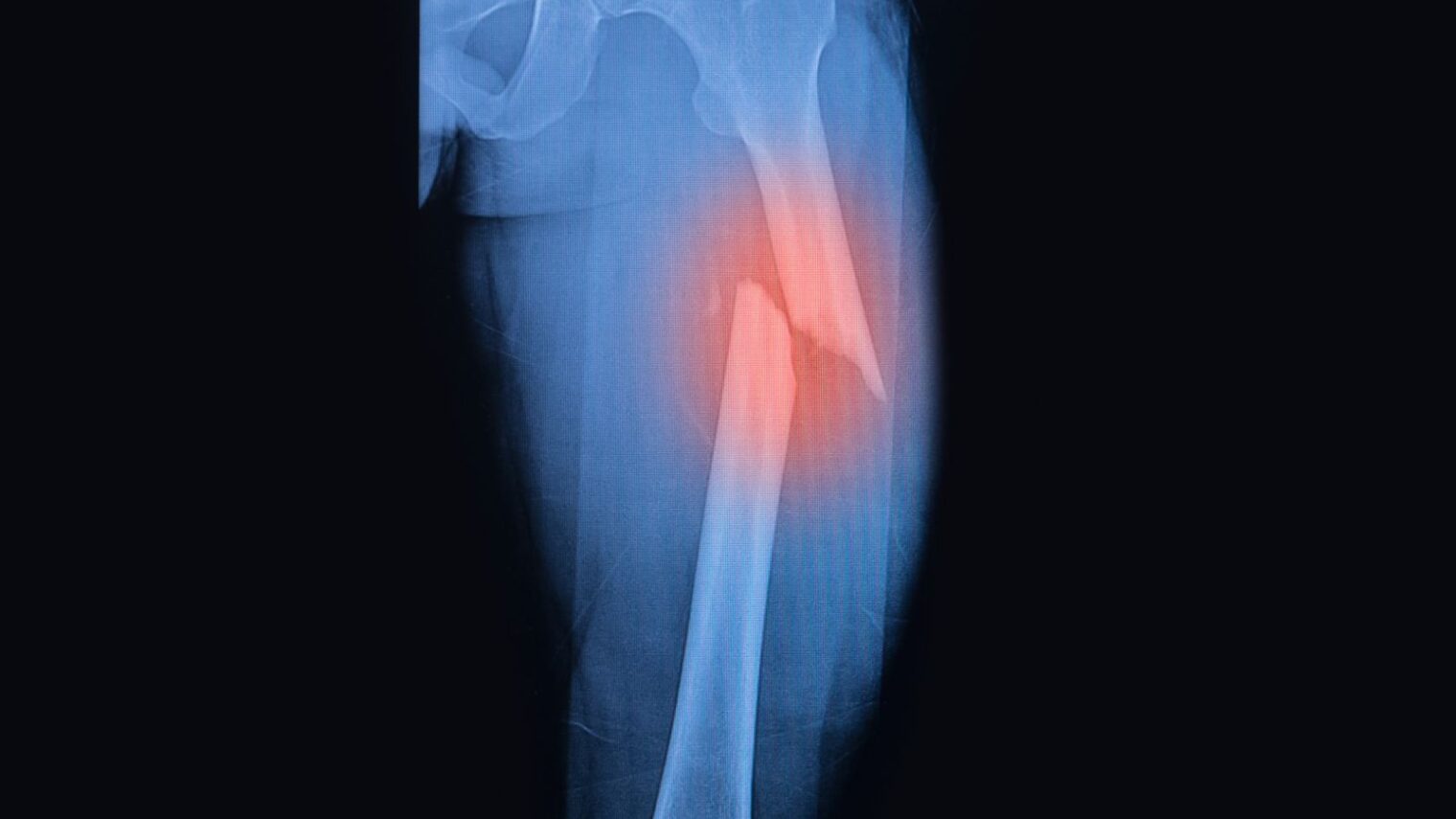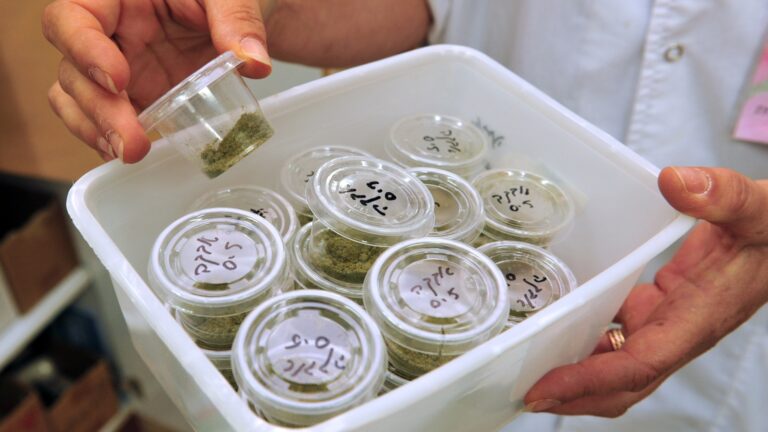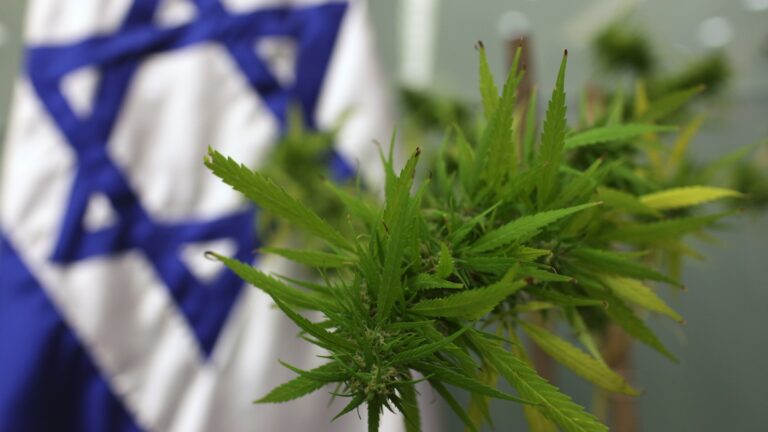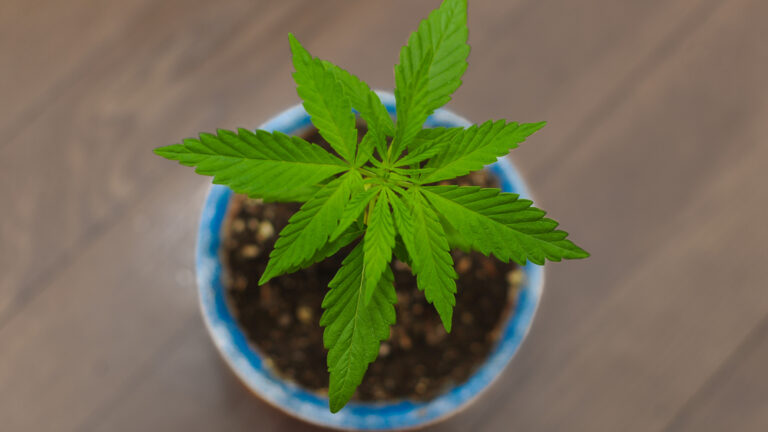Add another page to the constantly growing body of evidence supporting the use of medical marijuana to treat pain and a variety of other conditions including diabetes, Parkinson’s disease, cancer and multiple sclerosis.
A study recently published in the Journal of Bone and Mineral Research by scientists from Tel Aviv University and the Hebrew University of Jerusalem explains that one of marijuana’s non-psychotropic component cannabinoids, cannabidiol (CBD), significantly enhanced the healing process of lab rats with mid-femoral (thighbone) fractures.
The research was led jointly by Dr. Yankel Gabet of the Bone Research Laboratory at TAU’s Sackler Faculty of Medicine and the late Prof. Itai Bab of Hebrew University’s Bone Laboratory. Participants included researchers from the Institute for Biomechanics in Zürich and from Lund University in Sweden.
The same team, in earlier research, discovered that cannabinoid receptors within our bodies stimulated bone formation and inhibited bone loss. This paves the way for the future use of cannabinoid drugs to combat osteoporosis and other bone-related diseases.
“We found that CBD alone makes bones stronger during healing, enhancing the maturation of the collagenous matrix, which provides the basis for new mineralization of bone tissue,” said Gabet. “After being treated with CBD, the healed bone will be harder to break in the future.”
Born with a cannabis system
According to Gabet, the human body is naturally equipped with a cannabinoid system that regulates both vital and non-vital systems including the skeleton. “We only respond to cannabis because we are built with intrinsic compounds and receptors that can also be activated by compounds in the cannabis plant,” he said.
The researchers injected one group of rats with CBD alone and another with a combination of CBD and tetrahydrocannabinol (THC), the psychoactive component of marijuana and hashish. After evaluating the administration of THC and CBD together in the rats, they found CBD alone provided the necessary therapeutic stimulus to get the femur healing faster.
“We found CBD alone to be sufficiently effective in enhancing fracture healing,” said Gabet. “Other studies have also shown CBD to be a safe agent, which leads us to believe we should continue this line of study in clinical trials to assess its usefulness in improving human fracture healing.”
The potential for using CBD as a preventative measure is also of great interest, given that worldwide, osteoporosis is estimated to cause more than 8.9 million fractures every year.
“The clinical potential of cannabinoid-related compounds is simply undeniable at this point,” said Gabet. “While there is still a lot of work to be done to develop appropriate therapies, it is clear that it is possible to detach a clinical therapy objective from the psychoactivity of cannabis. CBD, the principal agent in our study, is primarily anti-inflammatory and has no psychoactivity.”
The study cites the foundational research done on CBD by Prof. Raphael Mechoulam of the Hebrew University.

















